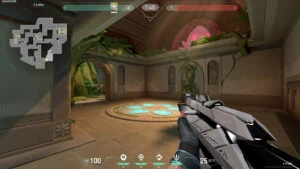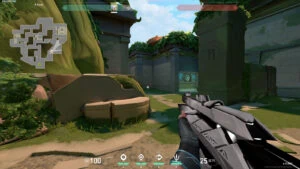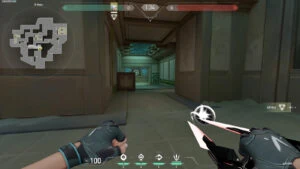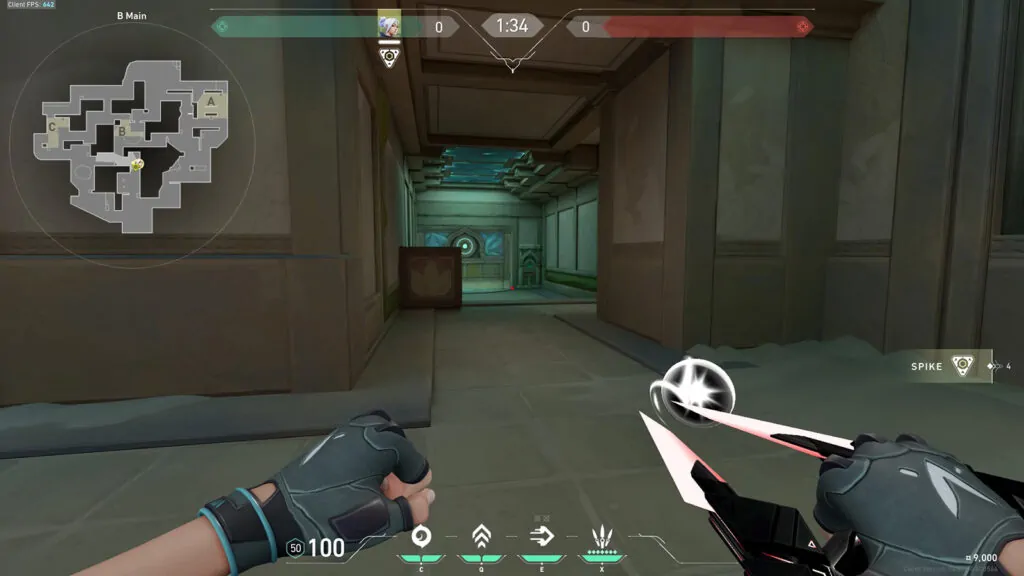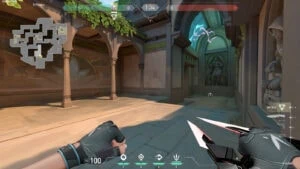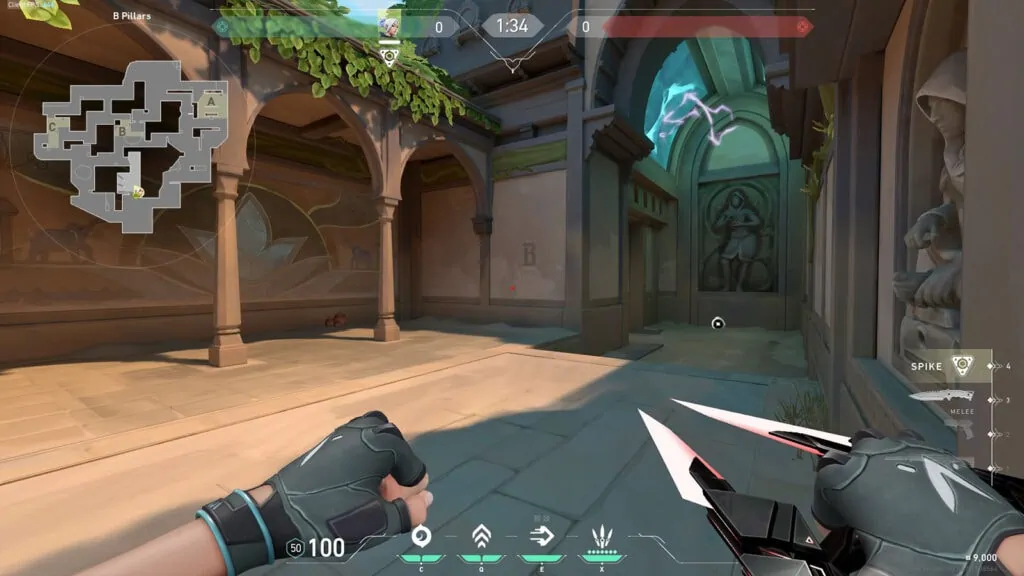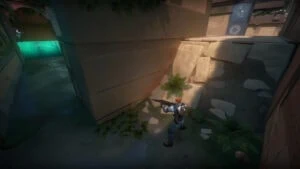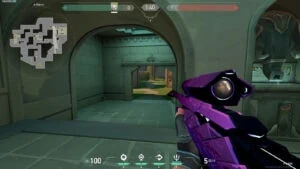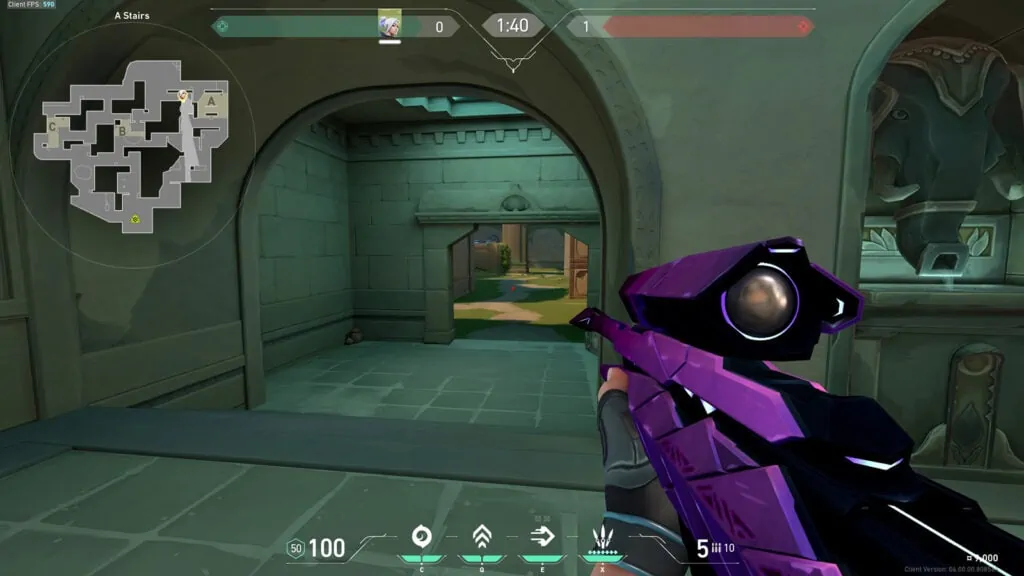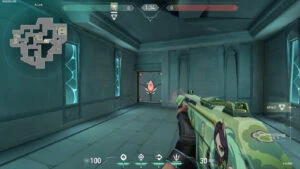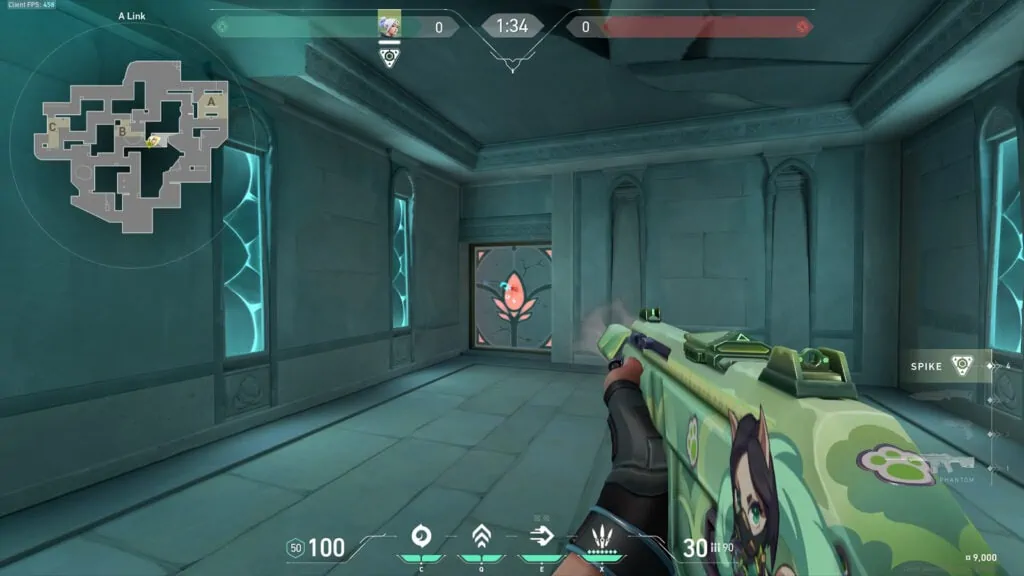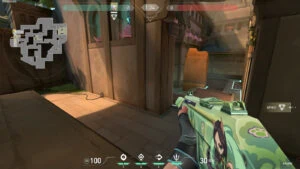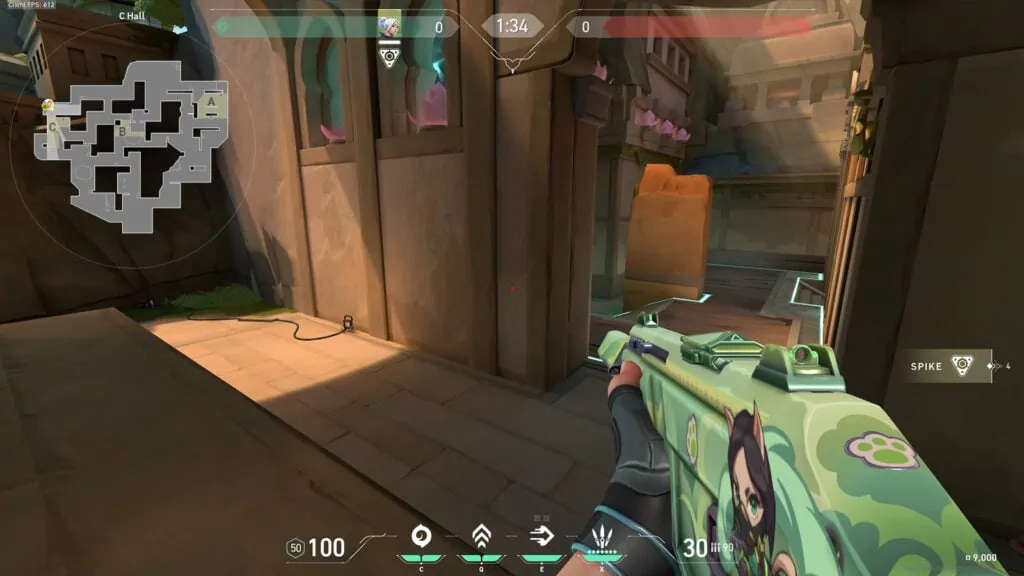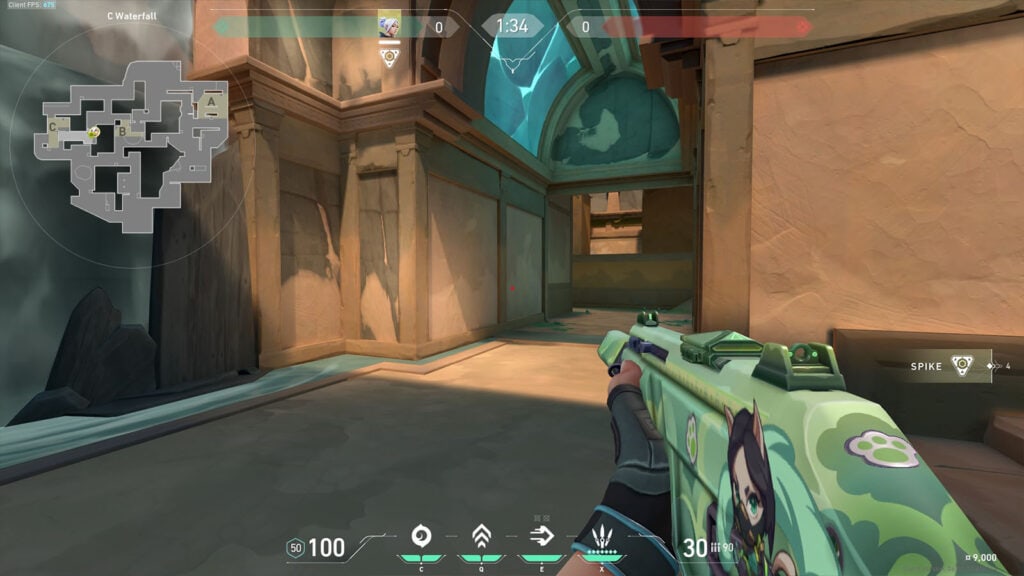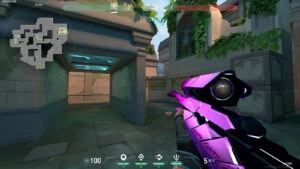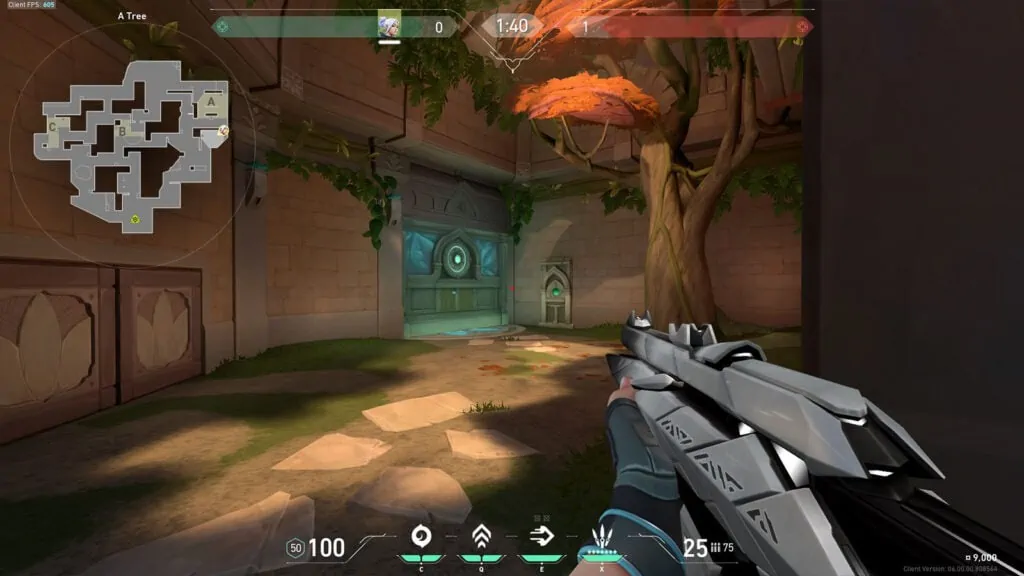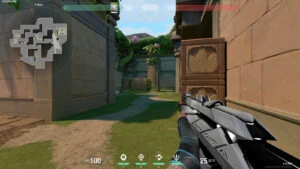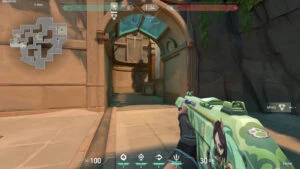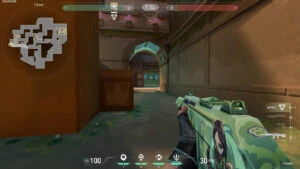Updated on June 22, 8:20 a.m. (GMT+8): Improved relevancy.
Valorant’s ninth map Lotus could be the most complex battleground Riot Games has created for their competitive FPS.
The map is vast, has unique elements including rotating doors, a breakable wall that opens a path, and a silent drop that’s sure to catch players by surprise.
In addition to these exclusive features, the map has three sites, similar to Haven.
To get players up to speed, we’ve put together all the Lotus callouts and locations that are crucial for communication and strategies on Lotus.
Here are all the Lotus callouts and locations

At the start of each round, attackers have three lanes they can take control of — C lobby, B pillars, and the A root/A rubble area. The tricky task for attackers is that they need to clear a lot of ground to reach any one of the three spike sites.
Defenders, on the other hand, have many areas to play around with since more of the map will be accessible to them before the start of the round.
The difficulty, however, is that rotating from A to C, and C to A, will take a while because of the map’s large size. To shorten the distance, they will have to go through the rotating doors at mid.
Attacker side spawn
The A side portion of the map is the most complex, with the A main area providing the perfect area for long-range gun battles.
However, once the attacking team makes their way closer to the site, the encounters shift to close-quarters-combat.
All three unique elements of Lotus can also be found on A site. Players who shift-walk from A top to A drop will not create an audible drop sound. The breakable wall/door can be found on A main, which leads directly to A link — a fast-track to the B site.
There’s also the interactive rotating door between A main and A rubble. Attackers can take this path as a shortcut to the A site.
- A lobby
- A root
- A rubble
- A door
The B side of Lotus is the least complicated, with both teams having a direct path to the B site. Players should be careful of sudden rotations since the B site has many openings from A and C.
- B pillars
- B main
The C side is straightforward as well. The attackers’ main path to the C site will be C main. To pressure defenders holding in C site, they will have to come from B or the defender side spawn.
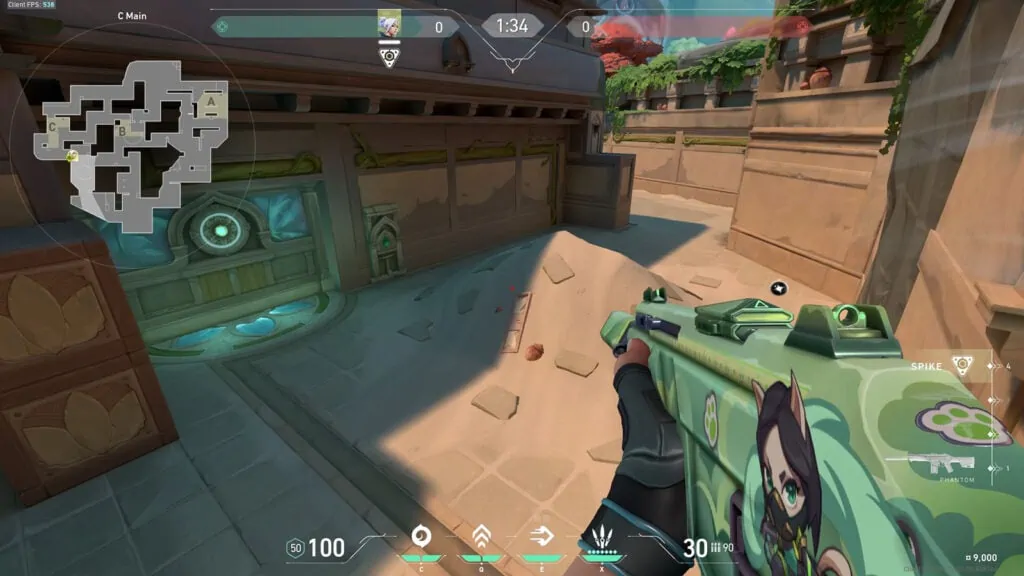
Screenshot by Nigel Zalamea/ONE Esports
- C lobby
- C mound
- C door
Defender side spawn
Defenders have plenty of options. They can hold and wait for the attackers to come to them, since there will be many areas and angles to clear.
An aggressive push can also benefit defenders. A push through A Door, for example, can catch attackers in A rubble and A root by surprise.
- A top
- A drop
- A stairs
- A link
Breaking the wall/door at A link will also add more pressure to attackers pushing into A main.
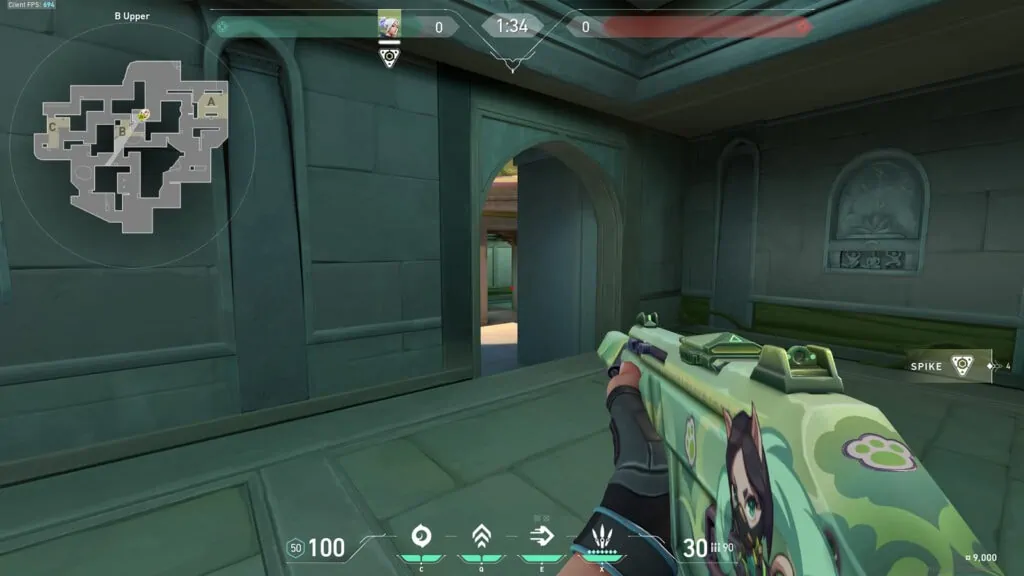
Screenshot by Nigel Zalamea/ONE Esports
- B upper
Taking a fight at C main might be too risky since attackers could be lying in wait from C lobby and B main if the rotating door is activated.
- C gravel
- C link
- C hall
- C waterfall
Sites
The A site is like a small maze, with the two walls from A hut.
- A site
- A hut
- A tree
- A main
The B site is quite small, but what it lacks in size, it makes up in verticality. The small room incorporates the high-ground element that favors defenders.
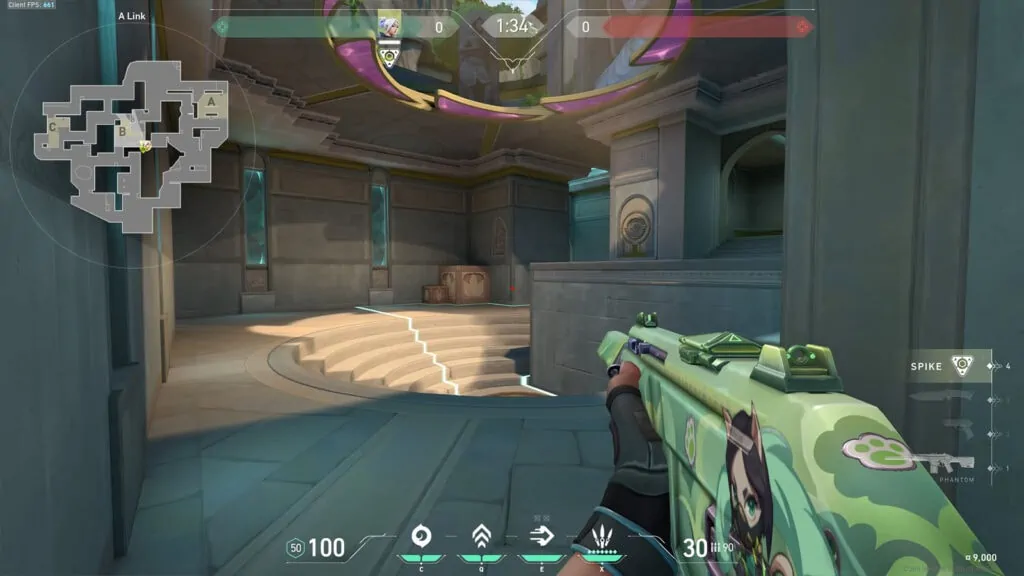
Screenshot by Nigel Zalamea/ONE Esports
- B site
The C site has features from the A and B sites, with it being a larger maze that has three different levels – if we’re including C hall.
- C site
- C main
- C bend
Lotus shares similar gameplay elements as Haven. Defenders holding A and C have the choice of standing their ground, but run the risk of being overwhelmed. Their backup will have to pass through the whole map before they can help their teammates.
Bad comms will also lead to early rotations, which gives attackers openings around the map.
Meanwhile, attackers must play with patience. There are many areas to clear, and one small mistake will give defenders the numbers advantage.
Follow ONE Esports on Instagram and TikTok for more Valorant content.
READ MORE: How to unlock agents in Valorant

